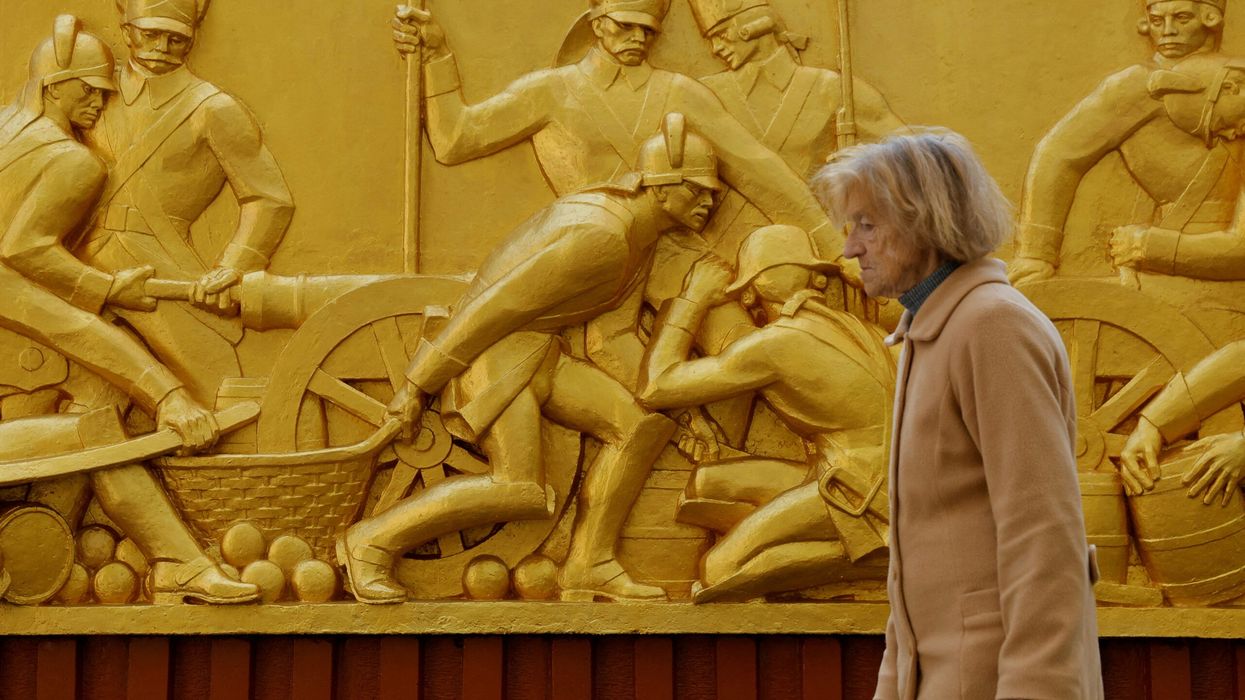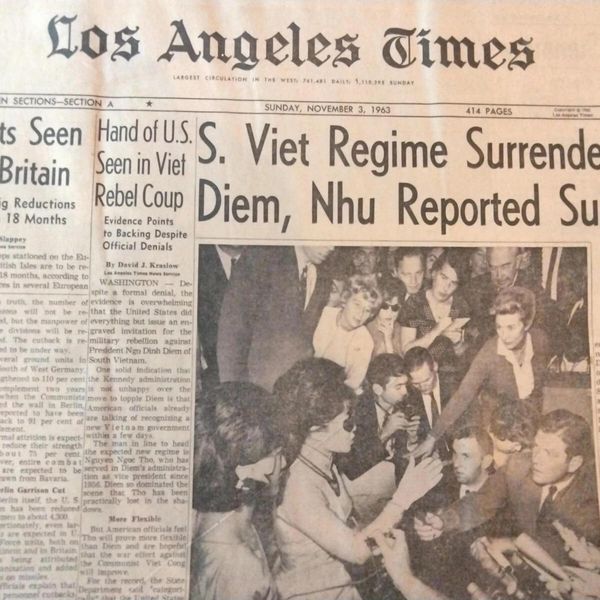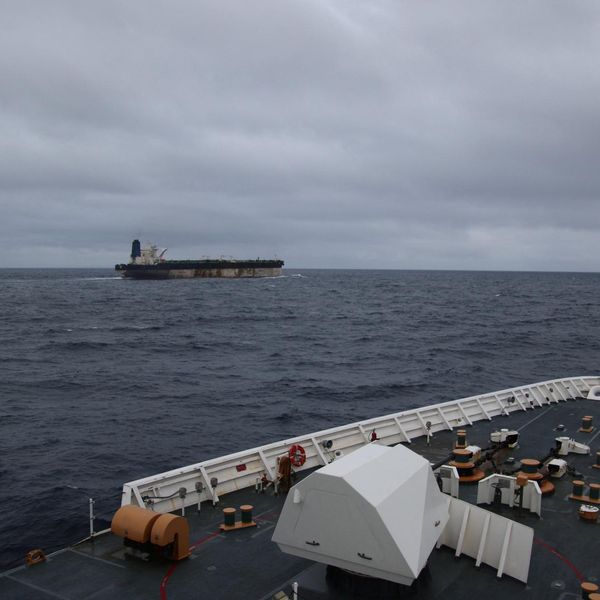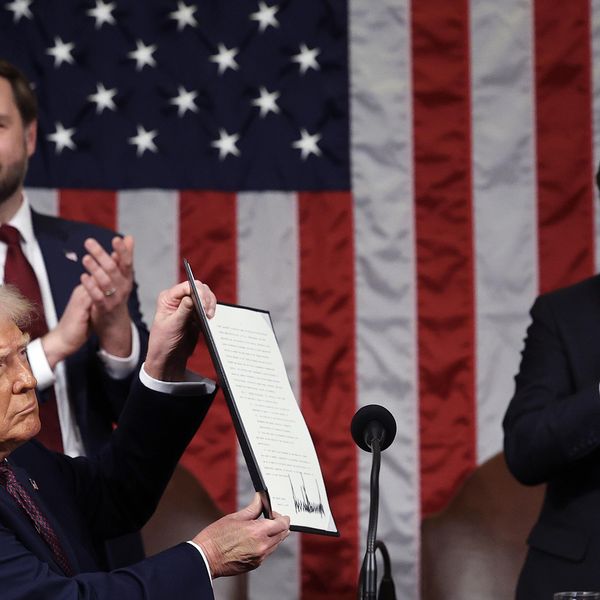The next iteration of Russia’s quadrennial Vostok exercise has just begun in its far east region, involving more than 50,000 troops, 140 aircraft and 60 warships. Vostok (which means “east” in Russian) is one of four exercises Russia routinely conducts every four years, the others being Zapad (west) Tsentr (center), and Kavkaz (south), the directions corresponding to the locations of the drills within the country.
The previous iteration of Vostok (in 2018) included China for the first time, as well as Mongolia; these being the first two states outside the former Soviet Union to join these exercises. The 2018 exercise was also much bigger. The Ukraine war, which has utilized many units normally stationed in the east, appears to have seriously crimped Russian abilities to mount a large-scale drill.
But the true significance of Vostok 2022 is not size, but its participants. This year, the list of countries from outside the former Soviet Union joining as participants or observers is much longer and, apart from Mongolia, also includes Algeria, Syria, Laos, Nicaragua, and India.
Of these, China is clearly the most significant. The Russian-Chinese security convergence has garnered global headlines since earlier this year, when their two leaders issued a joint statement asserting a “no limits” partnership just prior to Russia’s illegal invasion of Ukraine. But in fact, Russia and China have been strongly converging since the 2014-15 period, in the wake of the first Ukraine war.
Their security partnership is not a formal alliance — it lacks a mutual assistance agreement — but has steadily grown closer, with increasingly sophisticated joint exercises (including in distant regions such as the Indian Ocean and the Mediterranean Sea), sales of Russia’s most advanced weapons systems such as the S-400 and the Su-35 to Beijing, and co-development of defense equipment.
Since 2018, Vostok has not simulated an invasion by China, which was at least partly a focus of its previous versions. There is no evidence, at least yet, that Moscow and Beijing have moved to the stage of joint operational planning for wartime contingencies. Still, in many ways, China and Russia can be said to be informal allies, a development brought on in substantial measure by the simultaneous containment strategies of Washington toward both.
Vostok will include major maritime exercises in the Sea of Japan. After an attempted rapprochement when Shinzo Abe was Japanese prime minister, ties between Tokyo and Moscow have worsened significantly. Japan imposed major sanctions on Russia after its invasion of Ukraine, and the rhetoric between the two is now much more adversarial.
Of the rest of the Vostok participants, Algeria, Laos, Nicaragua, and Syria have either distant or adversarial relations with the United States. However, their involvement in Vostok is more symbolic of the gathering oppositional coalition than substantive, given their limited geopolitical heft.
India’s involvement though has more significance. A close U.S. partner and even a quasi-ally on China, India has nevertheless taken a sharply different view on the Ukraine conflict, not condemning Russia by name, and greatly increasing its oil purchases from Moscow.
Concerned by a further deepening of Russian-Chinese ties since the Ukraine war began, India recently dispatched its National Security Advisor to Moscow where he also reportedly assured Russia that India was not in any camp. India is also a full member of the Shanghai Cooperation Organization, a grouping led by China and Russia, and takes part in security dialogues and military exercises under its rubric. These include an upcoming counter-terror exercise in India in which Chinese, Russian, Iranian and Pakistani troops (among others) will participate.
The upshot of all this is that, more than six months into a brutal war, the United States and its European allies have made almost no headway in adding to their coalition ranged against Russia. Except for Japan, and to an extent Singapore, the major Asian and Eurasian states are not only not in, but some of them seem to be building even deeper ties with Russia. Washington may wish to reflect as to why its Russia strategy is failing to excite most Asians.
















